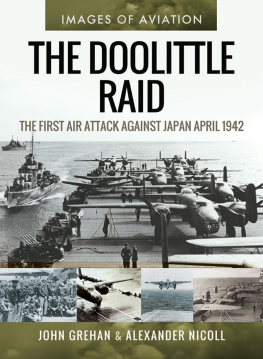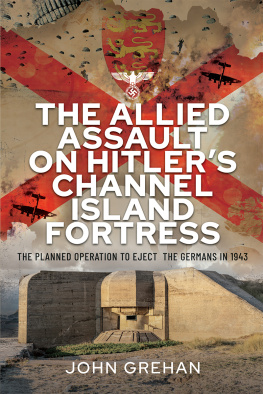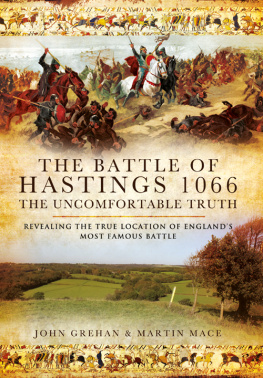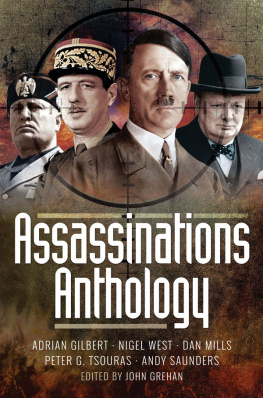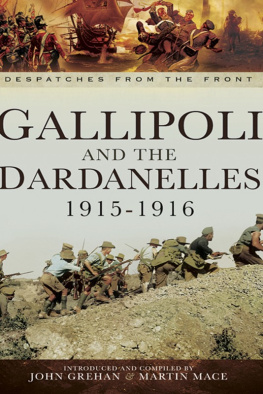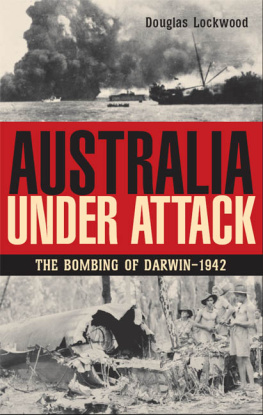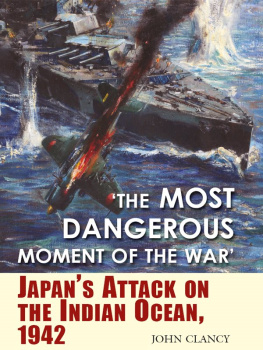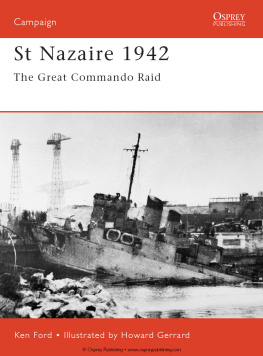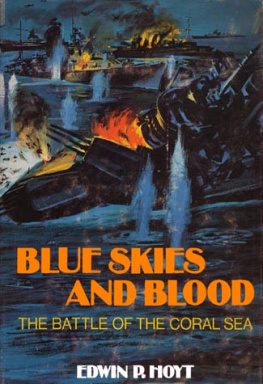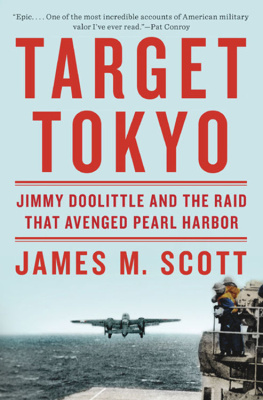Pagebreaks of the print version

THE DOOLITTLE RAID
THE DOOLITTLE RAID
THE FIRST AIR ATTACK AGAINST JAPAN, APRIL 1942
JOHN GREHAN
and
ALEXANDER NICOLL
THE DOOLITTLE RAID
The First Air Attack st Japan, April 1942
First published in Great Britain in 2020 by Air World Books,
an imprint of Pen & Sword Books Ltd,
Yorkshire Philadelphia
Copyright John Grehan and Alexander Nicoll
ISBN: 9781526758224
eISBN: 9781526758231
Mobi ISBN: 9781526758248
The right of John Grehan and Alexander Nicoll to be identified as Authors of this work have been asserted by them in accordance with the Copyright, Designs and Patents Act 1988. A CIP catalogue record for this book is available from the British Library All rights reserved.
No part of this book may be reproduced or transmitted in any form or by any means, electronic or mechanical including photocopying, recording or by any information storage and retrieval system, without permission from the Publisher in writing.
Pen & Sword Books Ltd incorporates the imprints of Air World Books, Pen & Sword Archaeology, Atlas, Aviation, Battleground, Discovery, Family History, History, Maritime, Military, Naval, Politics, Social History, Transport, True Crime, Claymore Press, Frontline Books, Praetorian Press, Seaforth Publishing and White Owl
For a complete list of Pen & Sword titles please contact:
PEN & SWORD BOOKS LTD
47 Church Street, Barnsley, South Yorkshire, S70 2AS, UK.
E-mail:
Website: www.pen-and-sword.co.uk
Or
PEN AND SWORD BOOKS,
1950 Lawrence Roadd, Havertown, PA 19083, USA
E-mail:
Website: www.penandswordbooks.com
ACKNOWLEDGEMENTS
The author and publisher would like to extend their grateful thanks, in no particular order, to the following individuals and organisations for their assistance with the images used in this publication: Robert Mitchell, James Luto, Historic Military Press, US Naval History and Heritage Command, US National Museum of Naval Aviation, US National Archives and Records Administration, National Museum of the US Air Force, United States Air Force, US Navy, US Library of Congress, US Army, and the US Air Force Historical Support Division.
PART ONE
Striking Back
CHAPTER 1
Introduction
N othing, it seemed, could stop the Japanese. Pearl Harbor had only been the beginning. Thailand, Penang, Hong Kong, Guam, Wake Island, Burma, the Dutch East Indies, New Guinea, the Solomon Islands, Manila, Kuala Lumpur and Rabaul had all fallen to the forces of Emperor Hirohito. By the middle of February 1942, Singapore, Great Britains fortress in the East, was in Japanese hands. But the United States was already planning the fight back.
At the darkest time of the war, with Allied morale at its lowest ebb and the Japanese still advancing westwards, President Franklin D. Roosevelt called for an immediate strike upon Tokyo. There were even offers of large rewards of cash from private individuals for the first men to bomb the city. But the Japanese Imperial capital is more than 5,000 miles from the US mainland, well beyond the range of any aircraft. There appeared to be little hope of mounting a raid upon Japan any time soon. Yet already, in the utmost secrecy, just such a raid was being carefully planned.
On 10 February 1942, US Navy Captain Francis Low, Assistant Chief of Staff for anti-submarine warfare, suggested that large aircraft could be launched from carriers to strike at Japan. The normal naval carrier-borne aircraft lacked both the range and bomb-carrying capacity to achieve this, but Low believed that the United States Army Air Forces (USAAF) new twin-engine North American B-25B Mitchell bombers could be launched from an aircraft carrier. The range of the Mitchell with a full bomb load, however, was just 1,300 miles. Yet, if the aircraft were stripped of all of its non-essential equipment, including much of its defensive armament, and its bomb load reduced, the B-25s range could be considerably increased. Maybe, just maybe, one of the most audacious and ambitious air raids in history was possible.
Captain Lowe presented his idea to Admiral Ernest J. King, Commander in Chief of the United States Fleet, who immediately seized upon the scheme. Under the subject heading, B25B Special Project, King duly wrote to the Chief of the Army Air Forces, General Henry Harley Hap Arnold:
The purpose of this special project is to bomb and fire the industrial centers of Japan. It is anticipated that this will not only cause confusion and impede production but will undoubtedly facilitate operations against Japan in other theatres due to their probable withdrawal of troops for the purpose of defending the home country. An action of this kind is most desirable now due to the psychological effect on the American public, our allies and our enemies.
The method contemplated is to bring carrier borne bombers to within 400 or 500 miles of the coast of Japan, preferably to the south-southeast. They will then take off from the carrier deck and proceed directly to selected objectives. These objectives will be military and industrial targets in the Tokyo-Yokahama, Nagoya and Osaka-Kobi areas.
Simultaneous bombings of these areas is contemplated with the bombers coming in up waterways from the southeast and, after dropping their bombs, returning in the same direction Due to the greater accuracy of daylite [ sic ] bombing a daylite raid is contemplated. The present concept of the project calls for a nite [ sic ] take-off from the carrier and arrival over objectives at dawn
A nite raid will be made if due to last minute information received from our intelligence section or other source a daylite raid is definitely inadvisable. The nite raid should be made on a clear nite, moonlite [ sic ] if Japan is blacked out, moonless if it is not.
Naturally, General Arnold was willing to explore this seemingly impossible proposal further, as was the man he felt should lead the mission, Lieutenant Colonel James H. Jimmy Doolittle. One of the worlds foremost aviators, Doolittle had been a test pilot, dare-devil racer and now Arnold needed him as a trouble-shooter and project officer. The object of the project, Doolittle later wrote, was to bomb the industrial centres of Japan. It was hoped that the damage done would be both material and psychological. Material damage was to the destruction of specific targets with ensuing confusion and retardation of production. The psychological results, it was hoped, would be the recalling of combat equipment from other theaters for home defense, thus effecting relief in those theaters, the development of a fear complex in Japan, improved relationships with our allies and a favorable reaction on the American people.
There were, though, immense obstacles to overcome. Chief among these were the vast distances involved and the dominating presence across the Pacific of the hitherto victorious Japanese fleet.
The original plan was to take-off from and return to an aircraft carrier. The first objective then, before any other elements of the scheme could be considered, was to see if Captain Lowes idea was practicable. Take-off and landing tests were duly conducted with three B-25Bs at and off Norfolk, Virginia. These tests indicated that take-off from the carrier would be relatively easy but landing back on a ship subject to unpredictable wind and waves was extremely difficult and too hazardous to be attempted. Somewhere would have to be found where the bombers could land after the raid.

